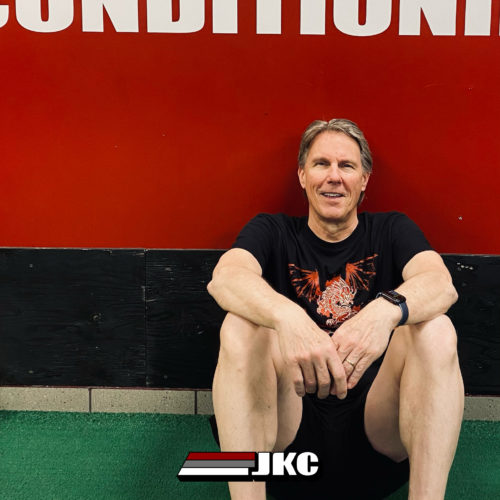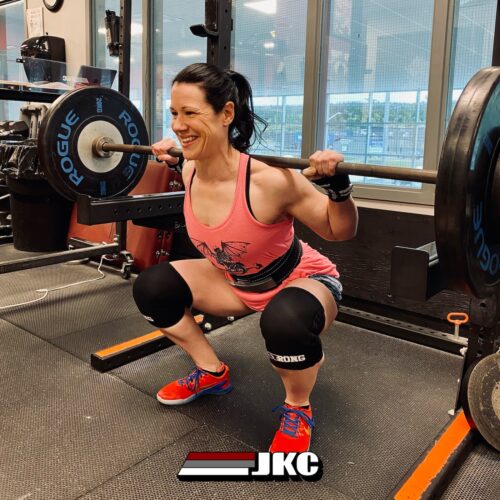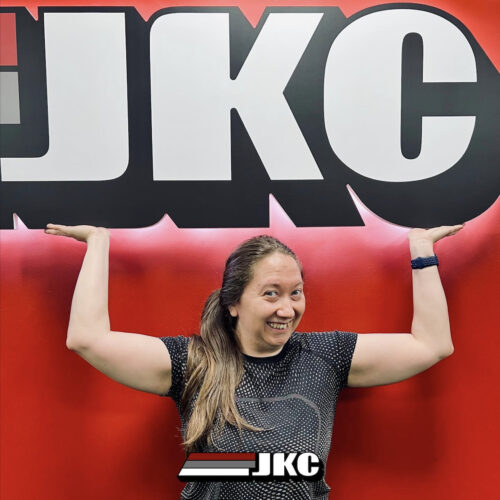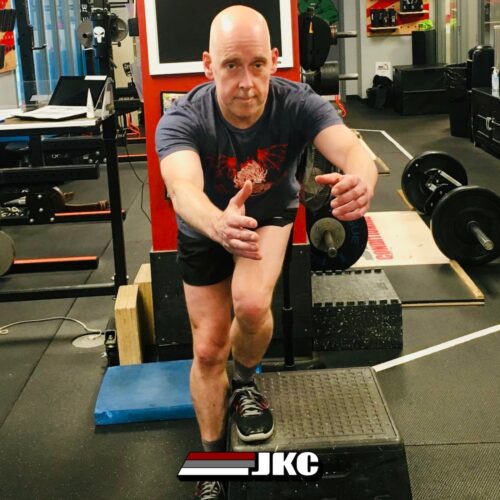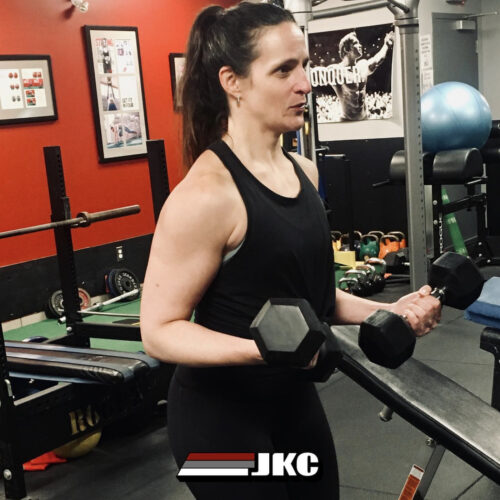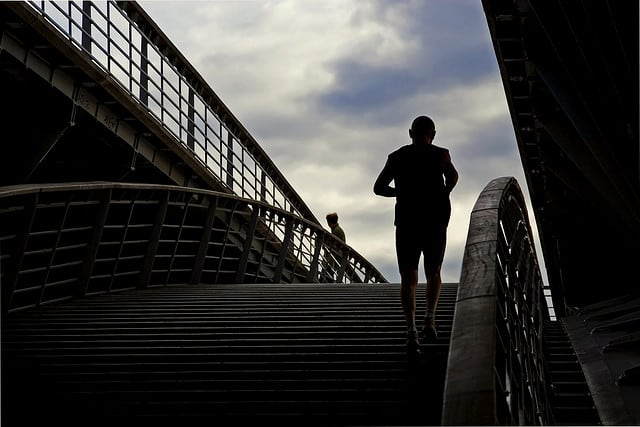
It is commonly thought that static stretching can reduce injury risk and improve athletic performance. Static stretching involves holding a pose to stretch a muscle. For example, the common quadriceps stretch: while standing, the athlete holds his foot on his buttocks with his knee bent to full flexion to stretch the quadriceps muscle. Other common static stretches for runners and triathletes usually target the hip flexors, gluteals, the illiotibial (IT) band and calf muscles. It is common to warm up with these stretches before practice or racing, but will this lead to peak performance? It has been assumed that static stretching is the optimal precursor to athletic performance; however, there is a lack of evidence showing this connection.
Dynamic vs. Static
A warm-up is intended to prepare the body’s cardiovascular, muscular and neural systems to meet the demands of training or racing. The warm-up should increase body and muscle temperature to increase muscle extensibility.
Academic research is challenging the effectiveness of static stretches before an event and has reached mixed conclusions. Several studies have found that static stretching before an event reduces force production, sprinting performance and power output. One study found that acute static stretching can negatively affect muscular strength endurance. Others have indicated that static stretching has no impact on athletic performance.
On the flip side, dynamic stretching has been shown to enhance athletic performance. Improvements in power output, agility, sprint time, force production and jump performance have all been seen following a dynamic stretching protocol. Dynamic stretching involves whole body movements and exercises that move limbs through a functional range of motion. This promotes flexibility, elevates core body temperature, enhances neuromuscular communication and improves limb and joint awareness in space. Dynamic stretching may include body weight exercises, skipping, hopping and limb movements, such as arm and leg swings. However, there have been studies that have found no change in jump performance or force production following a dynamic stretching protocol.
The paradox between research findings leaves us with a difficult decision as to what warm-up protocol to follow. Should we static stretch or dynamic stretch? Should we do both or should we do neither?
Recommendations
Based on current research and my practical experience working with elite runners, I recommend a four-stage warm-up protocol for optimal race performance.
Stage 1: The athlete performs a low intensity aerobic run for 5 to 15 minutes at an intensity where you can carry on a conversation.
Stage 2: Static stretching, but follow these guidelines:
i) Don’t stretch to discomfort. Achieve a gentle elongation of the muscle.
ii) Hold stretches for 15-20 seconds. Keep the volume low. Don’t spend more than 60 seconds per muscle.
Stage 3: Dynamic stretching, but ensure your rate of perceived exertion is low. Don’t fatigue yourself before the race even starts!
Stage 4: Perform sport specific drills to further prepare your body for competition.
Examples of the best warm-up exercises for runners
1. Stage 3 exercise – forward/backward leg swings
Use this exercise to loosen your hips. Stand perpendicular to a wall or fence. Hold on to the wall with your inside arm. Swing your inside leg forward and back. Stand tall and reach for your toe wit h your outside hand. Don’t bend through your back. Ensure the range of motion happens at your hips. Perform two sets of 12 swings per leg.


2. Stage 3 exercise – walking overhead lunges
Use this exercise to loosen your hip flexors while integrating thoracic spine mobility. Take a lunge step forward. Drive your rear knee into the ground while keeping your front knee over your ankle. Don’t touch the ground with your rear knee. Reach up while squeezing your gluteals to push your hips forward. Ensure you don’t lean back during the stretch; stay tall. You should feel a nice stretch in front of your hips. Drive the front foot into the ground to take the next lunge step forward.Repeat until you perform 12 lunges per side.

3. Stage 4 exercise – butt-kickers
Use this exercise to warm up the hamstrings while training foot speed. In a jog, pull your heel up to and bounce off your gluteus. You can bring your knee forward and up with each gluteal touch. Mimic a running motion with your arms to maintain balance. Perform 20 glute touches per leg.

4. Stage 4 exercise – running high knees
Use this exercise to warm up the hip flexors while training foot speed, hip flexion strength and ankle-muscle stiffness. In a jog, drive your knee to your chest and keep your toes up. Stay tall and strong through your trunk. Keep the foot contacts light and quick. Mimic a running motion with your arms to maintain balance. Do 20 running high knees per leg.

5. Stage 4 exercise – strides/controlled sprints
Use this exercise to put it all together! This should be your last drill before you jump on the start line. Go into a controlled sprint focusing on a strong smooth running technique. The speed should be faster than race pace but don’t go all out. Perform four to six sprints, each roughly 80 metres in length. Go by feel, do not overdo it.

This piece first appeared in the Oct/Nov 2010 issue of Impact Magazine. Thanks to Mizuno Running Canada for supplying the gear.
Thanks for reading and RUN STRONG,
-Jon

